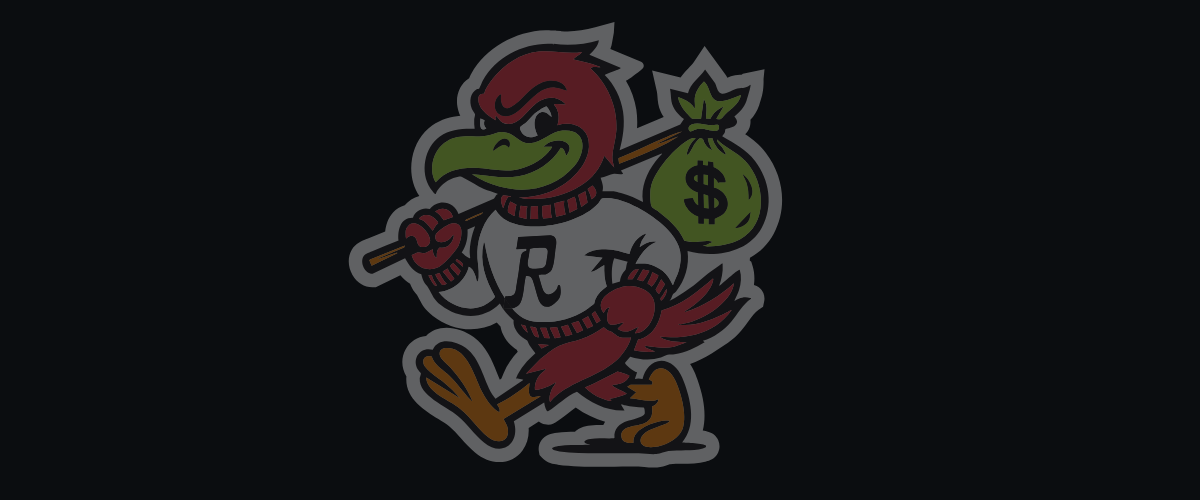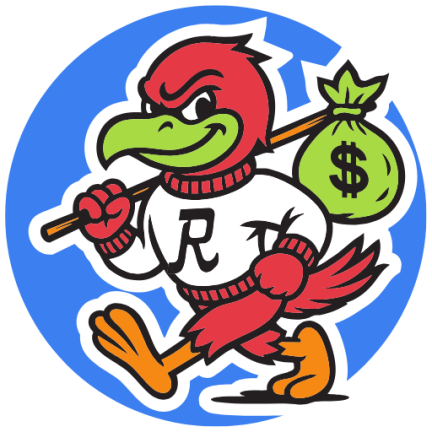We guide you through the legal shift that reshaped college athletics and athlete compensation.
The NCAA adopted an interim policy on June 30, 2021, after the Supreme Court’s Alston decision. That change lets student-athletes earn from their name, image and likeness while schools must follow state law and school rules.
Today, the line between permitted NIL deals and prohibited pay-to-play is nuanced. You can accept endorsements and appearances, but colleges cannot pay directly for performance. Schools often require disclosure and may review deals. Boosters and recruiting inducements remain high-risk areas.
We explain the present status: no federal standard exists, and compliance depends on a mix of state, institutional and NCAA guidance. Examples—from Shedeur Sanders’ Nike deal to Amir Khan’s milestone as a student manager—show how opportunities have evolved across college sports.
Why NIL matters now: the shift from amateurism to athlete rights
We are seeing a genuine change in how college athletes access compensation and control their public personas.
A 2021 policy shift—prompted by state laws like California’s Fair Pay to Play Act—allowed athletes to earn from their name, image and likeness. This opened endorsements, social media deals, autographs and paid appearances while still barring colleges from direct pay for performance.
The impact goes beyond top stars. Social reach turned local student athletes into attractive partners for community brands. Early adopters such as the Cavinder twins show how media presence and authenticity can unlock quick, compliant opportunities for women’s and nonrevenue sports.
“Restoring these rights marked a watershed moment—athletes can now monetize influence without converting college sports into pay-to-play.”
That freedom carries responsibility. Colleges now offer education on compliance, reporting and contracts so students can pursue compensation safely. Rights expanded—so did the rules athletes must follow to protect eligibility and reputations.
- Amateurism gave way to pragmatic athlete empowerment.
- Opportunities now fit many sports and colleges, not just headline names.
- Media strategy and brand-building are now part of a student athlete’s toolkit.
Defining the legal line: NIL rights vs. pay-to-play rules
College athletes now balance personal branding with strict boundaries that separate legitimate endorsements from impermissible pay-for-play.
What “name, image and likeness” means for college athletes
Nil refers to a person’s legal right to control commercial use of their name, image and likeness.
That includes social posts, appearances, autograph signings, camps, and endorsements. Athletes can be paid for promotional value so long as compensation reflects marketing services—not guaranteed performance.
NCAA interim policy since 2021: what changed and what didn’t
The NCAA’s June 30, 2021 policy opened the door to outside compensation while leaving core amateurism limits intact under ncaa rules.
Schools cannot pay athletes directly for on-field results, and recruiting inducements remain prohibited. Most institutions require disclosure and sometimes pre-approval of deals.
Pay-to-play, recruitment inducements, and booster involvement explained
Pay-to-play means compensation tied to outcomes or roster status. That remains off-limits.
Booster support can be lawful when independent and local. It becomes risky when it functions as an inducement tied to recruitment or team commitments.
- Contract items to watch: no-conflict clauses, usage rights for school marks, clear deliverables, and payment schedules.
- Evaluate compensation at fair-market value to show the payment is for promotion — not athletic performance.
NIL rules by layer: state laws, school policies, and NCAA guidance
Compliance with athlete compensation now depends on overlapping state statutes, institutional rules, and NCAA guidance.
State laws set the baseline. Some states mirror California’s model while others limit product categories or usage of school marks. Where a state law exists, athletes and universities must follow it first.
State-by-state differences and university impact
States vary on agent access, disclosure timing, and remedies. Universities and schools frequently adopt stricter policies to manage risk and ensure consistent reporting.
| Layer | Common Features | Who sets rules | Typical remedies |
|---|---|---|---|
| State statutes | Agent rights, disclosure, mark use limits | Legislature | Injunctions, civil actions |
| Institutional policy | Education, approvals, stricter reporting | Universities / schools | Eligibility review, internal sanctions |
| NCAA guidance | Interim rules, amateurism limits | NCAA | Conference or NCAA enforcement |
Federal bills and the current status
Multiple bills have been introduced by members of both parties, but no national standard exists yet. That uncertainty means the first question for compliance is: what state are you in?
- Monitor state updates, school pages, conference memos, and NCAA statements for changes.
- Align with all applicable rules at once — state, school, and NCAA.
How to navigate NIL as an athlete: a practical compliance checklist
Start with a clear checklist so you and your advisors can spot compliance risks before signing any deal. The steps below help you meet reporting requirements and protect eligibility while building your business.
Use professional services providers
Build your team: hire an agent, an attorney, and a tax advisor to evaluate terms, fair-market value, and long-term tax impact. These pros protect your name and image and advise on college and state policy conflicts.
Disclose and get approvals
Confirm your school’s disclosure process and timelines. Submit deal outlines, deliverables, and compensation for pre-approval when required by schools or conferences.
Choose compliant deals
Screen offers for restricted product categories and trademark issues. Avoid endorsements that conflict with team obligations or banned products in your state.
Plan the business side
- Standardize contracts, content calendars, and approval steps.
- Price using comparable market rates based on reach and deliverables.
- Keep records—contracts, invoices, W-9s, 1099s, proofs, and disclosures.
- Set aside taxes and track deductible expenses for quarterly filings.
We recommend reviewing your personal brand rules annually so each deal strengthens your reputation and keeps you eligible to compete.
NIL deals in practice: examples, media strategy, and brand alignment
Real campaigns reveal how careful strategy turns a player’s platform into sustainable partnerships. We show common executions, creative angles, and measurement tips so you can evaluate offers confidently.
From social posts to endorsements: what compliant deals look like
Common formats: sponsored posts, appearances, autograph sessions, clinics, and limited licensing for co-branded products. Clear scopes and deliverables protect eligibility.
Real-world cases and creative alignment
National brands—Nike, Adidas, T-Mobile, and Sam’s Club—use athletes for broad campaigns. Local partners produce high ROI through community relevance, as with Decoldest Crawford’s HVAC spot or Dienurst Collins’ Popeyes activation.
| Execution | Typical Deliverables | Example |
|---|---|---|
| Sponsored social post | 2–3 posts, usage window, metrics | Cavinder twins — Boost Mobile |
| Appearance / event | Meet-and-greet, autograph, travel terms | Bijan Robinson mustard activation |
| Limited licensing | Short-term name use, territory limits | Reese’s surname campaign |
Measure impressions, engagement, clicks, and conversions. Tie compensation to deliverables—not on-field results—to avoid pay-for-play risk. Choose partners that match your sport and values to build a durable brand.
Risk guardrails for schools and athletes under current NIL laws
Schools and players face practical guardrails that define acceptable commercial activity today.
High-risk scenarios include any arrangement resembling direct school pay, roster-contingent bonuses, or promises tied to recruiting or transfer decisions. These setups can violate state laws and trigger eligibility reviews.
Common pitfalls: recruiting inducements, direct pay, and disclosure gaps
Disclosure must be timely and complete. Late or partial submissions to your school can jeopardize eligibility and undermine institutional oversight.
Third-party funds and collectives need clear independence from the institution. Confirm transparent valuation and no quid pro quo for team placement or roster benefits.
- Plan for multi-state work—appearances or remote content can trigger different state rules.
- Adopt a school playbook—centralized policies, training, and disclosure systems simplify compliance.
- Document everything—email approvals, signed contracts, invoices, and proof of services defend against audits.
- Avoid conflicts with existing team and conference sponsors or category exclusives (alcohol, gambling, tobacco where restricted).
We recommend that schools maintain clear rules and that athletes monitor status changes to state statutes and institutional guidance. Staying proactive limits risk and keeps college sports opportunities open and compliant.
Conclusion
As college sports evolve, athletes face more chances — and more rules — when turning their public profiles into income. We reaffirm the core: nil empowers college athletes to earn lawful compensation from their name, image and likeness while avoiding pay‑for‑play.
Follow the layers: know your state law, your school’s policies, and NCAA guidance. Universities and colleges should keep accessible rules, training, and a centralized portal to reduce friction for students and advisors.
Practical next steps for you: assemble advisors, map your brand, target fitting deals, set a disclosure calendar, and document deliverables and payments. Price fairly and limit licensing scope to protect long‑term value.
Legislation may change the frame; monitor bills and state updates. With clear process and good counsel, your business can thrive within current rules and laws.
FAQ
What is the difference between pay-to-play and name, image and likeness rights for college athletes?
Pay-to-play refers to direct compensation tied to athletic performance or recruiting inducements. Name, image and likeness rights allow student-athletes to earn money from endorsements, sponsorships, social media, and other commercial uses of their identity. The legal line is that NIL deals compensate for an athlete’s brand or content, while pay-to-play or recruiting pay violates amateurism and many NCAA and school rules.
How did the NCAA interim policy since 2021 change athlete compensation?
The NCAA’s 2021 interim policy let athletes monetize their name, image and likeness without losing eligibility, while leaving many rules to states and schools. It removed a blanket prohibition on endorsements but did not create a uniform national standard. Schools still set reporting requirements, and state laws and conference policies add layers of regulation.
Do state laws on athlete commercial rights differ, and how does that affect universities?
Yes. States have passed varying statutes that authorize athlete compensation, set disclosure and agent requirements, and sometimes address booster payments. Universities must follow state law, NCAA guidance, and their own policies, which can create complex compliance obligations when students or recruits cross state lines.
Has Congress passed a federal law to standardize athlete compensation?
No federal standard is in effect. Several federal bills have been introduced to create uniform rules, define permissible activities, or regulate agents, but Congress has not enacted a comprehensive statute. That keeps the current patchwork of state laws, school policies, and NCAA guidance in place.
What should an athlete do first when pursuing a paid opportunity?
Start with professional advice. Consult your school’s compliance office, an experienced sports agent or attorney focused on endorsements, and a tax advisor. Confirm school and conference reporting requirements, assess trademark or team contract conflicts, and document the deal terms before delivering any services.
What disclosures do schools typically require for endorsement deals?
Most universities require athletes to report contracts, payment amounts, and the nature of deliverables to ensure compliance with school rules and state law. Reporting timelines vary by school and conference, but failing to disclose deals can trigger eligibility reviews or sanctions.
How can an athlete choose a compliant deal that avoids team conflicts?
Evaluate product categories and sponsorship exclusivity. Avoid deals that conflict with school or team sponsors, use school trademarks without approval, or require prohibited promotional activities. Include clear deliverables, timeframes, and compensation in writing, and secure approvals from trademark owners when needed.
What are common pitfalls that risk eligibility or investigate recruiting inducements?
Major pitfalls include undisclosed payments from boosters tied to recruitment, direct pay for play, agents engaging in prohibited recruitment promises, and ambiguous contract terms. Schools often flag payments that appear tied to athletic performance or recruiting rather than legitimate brand work.
How should athletes handle taxes, payments, and recordkeeping for deals?
Treat endorsements as business income. Keep invoices, contracts, bank records, and content deliverables. Report income accurately, consult a tax professional about estimated taxes and business structure, and retain records for several years in case of audits or compliance reviews.
What role do agents and professional service providers play in compliance?
Agents, attorneys, and accountants help negotiate deals, ensure contracts protect the athlete, and verify legal compliance with state and school rules. Use credentialed professionals familiar with collegiate sports and disclosure requirements to reduce legal and eligibility risks.
Can student-athletes use university trademarks or team logos in promotions?
Generally, no not without permission. Universities often control trademarks and require licensing agreements or approvals for commercial use. Unauthorized use can breach school policies and trademark law, jeopardizing eligibility or leading to legal claims.
What do compliant social media endorsements look like in practice?
Compliant deals specify content type, frequency, disclosures (such as paid partnership tags), and avoid using team marks unless authorized. Posts should follow FTC advertising rules and school disclosure policies. Clear timelines, deliverables, and compensation terms in a written agreement protect both parties.
How can universities guard against recruiting inducements under current laws?
Schools implement strict reporting, vet boosters, require signed acknowledgments for gifts, and enforce recruitment rules in admission and athletics departments. Audits, education for boosters and staff, and robust compliance offices help identify potential inducements early.
Are there examples of brand partnerships that work well for athletes and local businesses?
Yes. Typical examples include sponsored social posts, local restaurant appearances, youth camps, and product ambassadorships that align with an athlete’s public image. These deals are often short-term, clearly documented, and avoid conflicts with team sponsors and trademarks.






Leave a Comment